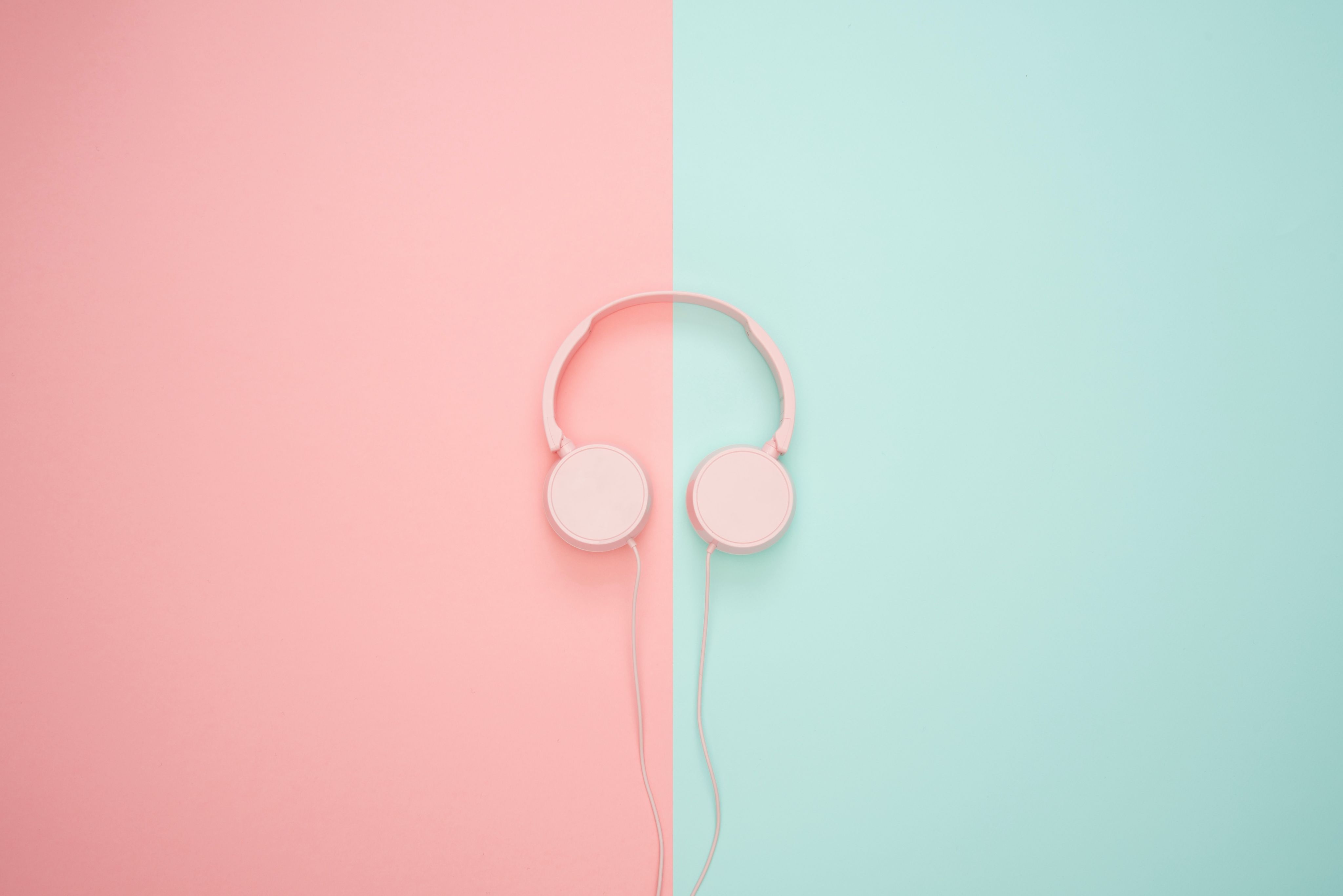Learn to Listen

In this article, I will simplify some technical topics and introduce a concept that is gaining popularity in today’s world of social media and fast pace moving technology, in hopes that it might bring awareness to you in achieving better listening skills. Just as learning any other skill that is of second nature to you, you might be asking “I already can listen, so why would I want to better my listening skills?” The simple answer is, there is a difference between hearing and listening.
This article explains your physical and mental capabilities and limitation, to hopefully allow you to build better habits and to gain improvements to your already awesome listening skills!
Active Listening vs. Passive Listening
Let me explain the concept of Active and Passive listening. “Active” listening means analyzing, understanding and comprehending a piece of music, whereas, Passive” listening is the exact oposite, listening to a piece of music as a whole with little to no outward reaction. For most of us, we are passive listeners for the most part of our lives, and active listening takes place after a formal education in Music or Sound Production.
As an active listener, you will constantly disect and go to great lengths to understand a piece of music, from different perspectives.


The Human Ear
This part is going to be a tiny bit technical, so bear with me. Our ears have a few unknown features, with the most obvious ones being for hearing and balance. The ear also provides information as to the location of a particular sound, giving us the distance and direction. This action is known as Interaural Time Difference (ITD).
Interaural Level Difference (ILD) provides information on the pressure level and the frequency of sound. The ILD works better with high frequencies rather than low frequencies in locating a sound.
Finally, Head Related Transfer Function (HRTF) is where our brain translates and calculates the information from ITD and ILD to accurately provide details of that sound. All this can only be achieved with a pair of ears.
Without over complicating things, the most basic point that we must understand about our human hearing system is that there are three main factors that bound our perception of hearing, which are frequency, loudness and time.
Our ability to hear sound is limited to the frequency range between 20Hz to about 20,000Hz. We are most receptive to the midrange frequencies, commonly known as speech frequency. High frequencies sound great but provides the most damage to our ears and low frequencies gives the body or for most of us, the bass. Prolonged exposure to loud sounds or, music or otherwise, will damage your hearing permanently. Headphones or in ear headphones are a common tool in quickening hearing loss.
The longer you are exposed, the faster ear fatigue kicks in. The louder the exposure, the greater the damage to your hearing either temporarily or permanently. Moderation is the key.
Loudspeakers vs Headphones
So, when the question of training our ears for frequency and loudness arises, the most common inquiry I usually get is, which is better – headphones or loudspeakers?
This question really boils down to accuracy vs realistic listening. With headphones, what you listen shoots directly into your ears (reducing any noise from the surrounding). This builds an image in your head and enables you to listen directly and more intimately in terms of detail and clarity.
When you listen using loudspeakers, it might be harder for you to build that image in your head thus making it more difficult to listen to the finer details. However, a pair of speakers will always have the ability to reproduce better frequency range compared to headphones. This is due to the size of the drivers in the speakers being larger than headphones.
Safety and Precaution
My first priority in safety is to always protect the lifespan of your hearing by considering the equipment or listening devices that you might use, the environment that you are listening in, noise level consideration etc. The best advice is to observe the 60/60 rule, which is to listen to 60 minutes of music at 60 percent of the volume and take a break.
Remember, if you have been exposed to loud sounds such as a concert or club music and feel that your hearing is muffled, that is a sign of temporary hearing loss and you need to experience absolute silence for the same amount of time that you were exposed.
These small practices will help to prevent hearing loss or ear fatigue and in return help you achieve a higher sense of listening skills.


Common Practices for Maintaining Good Listening Skills
This will be a combination of all of the stated above. Imagine putting all the pieces together to create this massive powerful tool that will greatly increase your listening skills.
So start training your ears to listen to small changes in volumes and practice listening to frequency separation, as this will allow you to ease up on the loud volumes and free up more mental resources for active listening practices.
The combination of these two will allow you to be a better listener in any situation, be it a conversation or listening to music or when watching movies.
